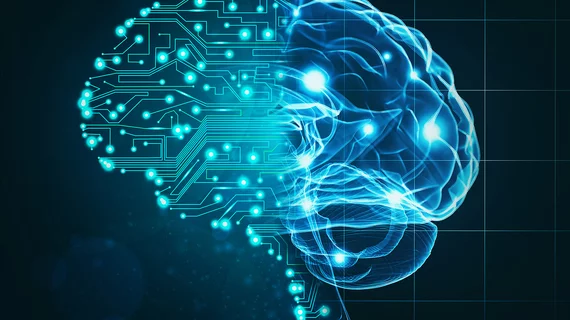AI detects breast cancer as well as most radiologists
Artificial intelligence (AI) systems can achieve a cancer detection accuracy similar to that of an average breast radiologist, according to new findings published by the Journal of the National Cancer Institute.
“Considering the increasing scarcity of radiologists in some countries, including breast screening radiologists, alternative strategies to allow continuation of current screening programs are required,” wrote Alejandro Rodriguez-Ruiz, MSc, Radboud University Medical Center in the Netherlands, and colleagues. “In addition, it is of paramount importance to prevent visible lesions in digital mammography (DM) being overlooked or misinterpreted.”
The authors compared the performance of a commercially available AI system to 101 radiologists who interpreted DM examinations for reasons related to other research. More than 28,000 interpretations were included in the study. The AI had been “trained, validated and tested” using more than 9,000 mammograms with cancer and another 180,000 mammograms without any abnormalities.
Overall, the AI system had an area under the ROC curve (AUC) of 0.840. The average AUC of the 101 radiologists was 0.814. The AI system’s AUC was higher than 61.4 percent of the radiologists evaluated for the study.
“AI that functions at the level of an expert radiologist for breast cancer detection in DM images might herald a change in the breast health-care workflow, whether in a screening or clinical setting,” the authors wrote.
Rodriguez-Ruiz et al. also added that there was still room for improvement for the AI.
The AI system had an AUC lower than the best radiologist in every dataset,” the wrote. “This could be explained by the fact that radiologists interpret more information (eg, comparisons with prior exams and contralateral breasts) than this version of this AI system.”
In addition, the team noted that “the performance and fashion of implementation of such an AI system in a screening setting” still needs to be researched in more detail.

